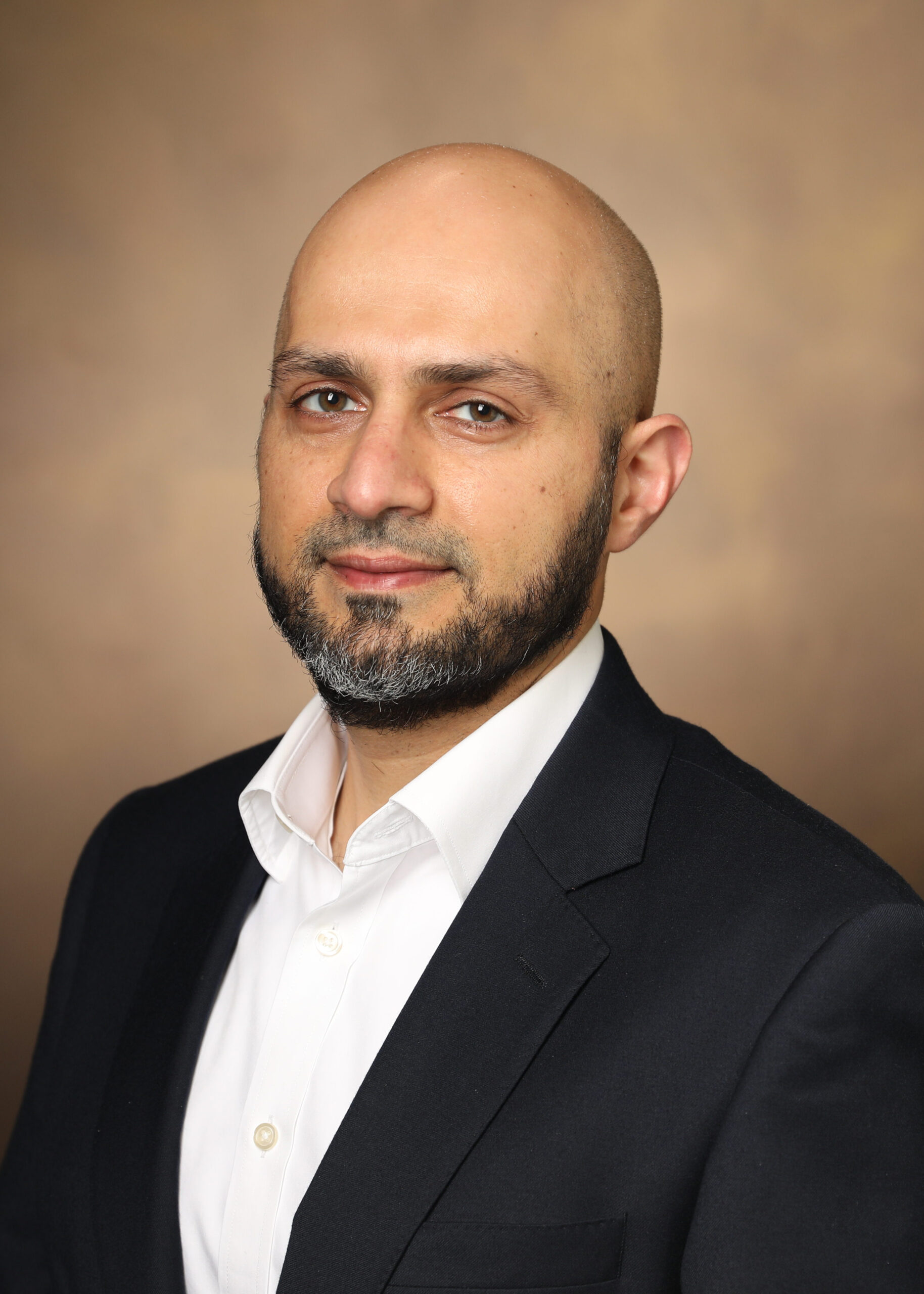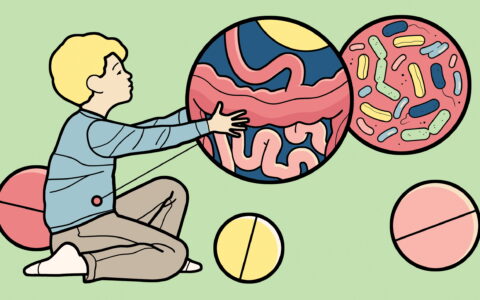Living donor liver transplantation (LDLT) lowers liver transplant waitlist mortality, reduces complications, and improves long-term quality of life for people with end-stage liver disease, with pediatric recipients having particularly positive outcomes.
Yet, utilization of living donor transplants has been limited, representing only around 15 percent of total transplants in 2023.
With 687 candidates for transplant dying while lingering on the donor liver waitlist in the United States, transplant professionals are vowing to raise participation levels in LDLT. Saeed Mohammad, M.D., a pediatric transplant hepatologist at Monroe Carell Jr. Children’s Hospital at Vanderbilt, is among those building consensus on how best to achieve this goal.
“Key barriers include cultural beliefs about donation and a lack of coordinated communication about the living donor option.”
As part of a 58-center collaboration organized by the American Society of Transplantation (AST), these specialists identified barriers and potential mitigation strategies, work that was consolidated into a consensus publication. Provider surveys came as a follow up to help the advocates better understand the barriers – and potentially move the needle.
“We found strong agreement that key barriers include cultural beliefs about donation and a lack of coordinated communication about the living donor option at the community and transplant provider levels,” Mohammad said.
The Trade-Off
In LDLT, a donor is approved who meets the required blood type, physical and mental health, age, liver size, shape and other criteria. The donor undergoes resection, and a portion of their liver is used to replace the entire organ of a patient with end-stage liver disease. The donor’s liver grows back to its original size and capacity in about three months, Mohammad said, while the recipient’s portion also grows and restores normal liver function.
“It’s usually a parent donating, but there are also non-directed, anonymous donations,” Mohammad said. “If you have the option of a deceased or a living donor at the same time, most people will go with the deceased donor liver because they don’t want to put someone else at risk.”
However, follow-up studies found that LDLT recipients have fewer complications, and their livers have a longer survival rate overall than organs from deceased donors. Risks to the living donor are largely restricted to the recovery period and include a low mortality rate (1 per 833 LDLTs).
Lowering the Barriers
Drawing from the AST consensus group, follow-up working groups, and the Adult-to-Adult LDLT cohort study, the barriers to LDLT and strategies for lowering them have begun to emerge:
Barrier: Candidate reluctance. Stemming from concerns regarding surgical risks to donors, discomfort in asking others to be a donor, long-term risks to living donors, or uncertainty about how to identify potential donors.
Mitigation: Awareness and education. Provide informational toolkits for patients, launch live donor champion programs, and train navigators to educate and guide patients. Develop curriculum highlighting living organ donation and preventing organ disease.
Barrier: Institutional deficiencies, including red tape, lack of a crisis management plan and inadequate surgical expertise blocking the LDLT option.
Mitigation: Establish appropriate crisis management plans to address donor outcomes and ensure program viability and stability. Enhance training through a formalized LDLT surgical competency program. Condense the timeline to an LDLT procedure.
Barrier: Financial instability for donor, including loss of job security and potential morbidities.
Mitigation: Incorporate participation by the National Living Donor Assistance Center, which offers financial support, as well as the National Kidney Registry Donor Shield Program, which provides a model for extending financial protection.
Barrier: Ambiguous, complicated and lengthy regulatory and oversight policies aimed at donor safety are potential deterrents to donor participation and program expansion.
Mitigation: Continue to advocate for revision of internal transplant center and federal oversight policies, despite significant obstacles to change.
Barrier: Disparities in access to living donor transplant options.
Mitigation: Develop and provide culturally sensitive outreach and educational materials to minoritized communities, advocate for donor protections, and enact programming to achieve financial neutrality for donors.
Barrier: High donor exclusion rate.
Mitigation: Revisit requirements surrounding mental health, aberrant liver anatomy, age thresholds, obesity and smoking exclusions. Consider increasing referrals to weight loss and smoking cessation programs to increase the donor pool.
The Heart of the Matter
“Because most living donors are family or friends of the child, these are the people we need to reach to educate them on this option, the risks to them, and the benefits to the child,” Mohammad said. “That is the core challenge that each provider, each transplant team, each institution can work now to meet.”
Vanderbilt, a leader in solid organ and stem cell transplantation, developed an adult living donor program years ago. Mohammad, who came to Monroe Carell Jr. Children’s Hospital at Vanderbilt in 2022, brought with him the goal of establishing a pediatric living donor program.
“Today, that program is underway,” he said. “We have evaluated patients for this procedure and are prepared to perform our first living donor liver transplantation.”





